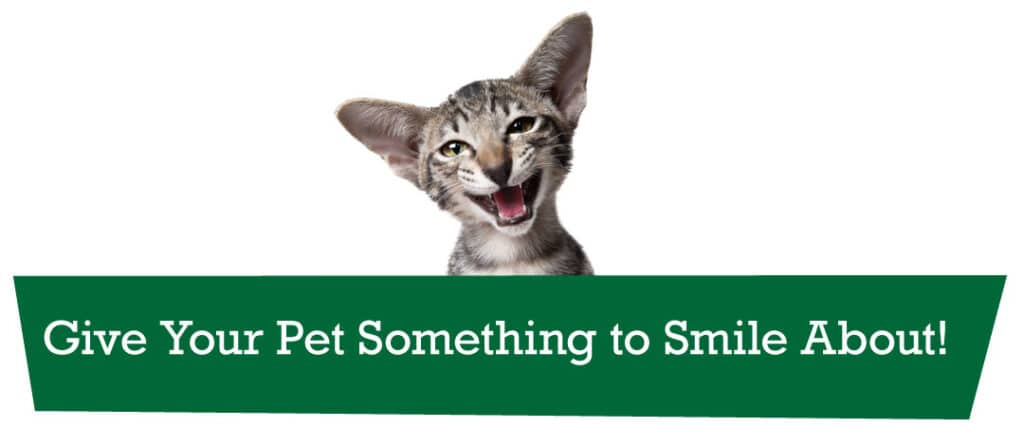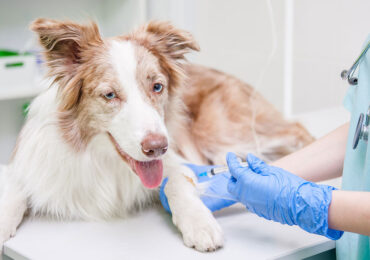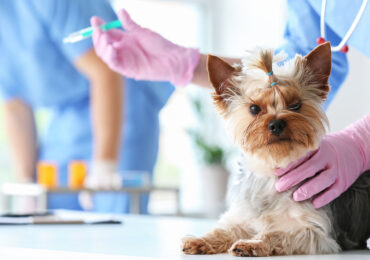What daily rituals do you have with your pet? Giving them fresh food and water each morning and lots of love, maybe going for a daily walk or giving them a good brushing? If maintaining dental health isn’t on the list, it should be. February is National Pet Dental Health Month, and this edition of Pet Talk will get into the nitty-gritty details of keeping those canine and feline chompers sparkling.

Just like you have a habit of brushing your teeth every morning, your pet will expect a daily brushing if you gradually introduce it and remain consistent with daily dental care. Start slow with lots of love and rewards, and if your pet’s patience wears thin, give them a treat and finish the rest later. Daily brushing is ideal, but in some cases it may be unrealistic and you should aim for three to four times a week minimum.

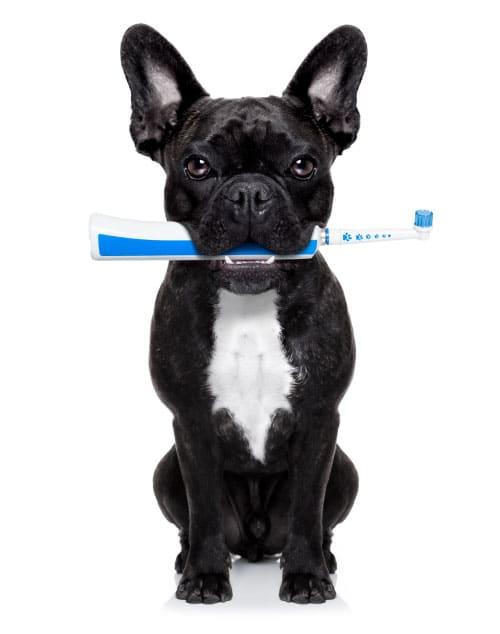

-
Pet Toothbrush - A soft human toothbrush to match the size of the mouth works. There are also pet toothbrushes available that are designed for pet mouths, as well as fingertip style toothbrushes to make it easier to get to hard-to-reach spots for trained dogs.
-
Canine Toothpaste - Human toothpaste is toxic to pets when swallowed. Choose toothpaste specifically made for pets, which comes in flavors like chicken and fish that they may prefer the taste of, helping to make it easier to start a brushing routine.
- Dental wipes or pads - These will work to wipe away some bacteria and food in a pinch.

While you may think that bad breath is just a normal part of a pet’s life, chronic bad breath can be a sign of some serious underlying issues. One of the most common causes of bad breath in pets is periodontal disease, which affects 90% of dogs and cats after the age of three and can cause tooth loss and damage to the heart and kidneys. Freshen up by talking to your veterinarian to find out ways you can prevent and treat underlying oral diseases in your pet that cause bad breath.

Just like your regularly scheduled trip to the dentist, pets also require a professional cleaning from time to time. With such a high percentage of pets developing periodontal disease, it is important to thoroughly remove plaque and tartar from a pet’s teeth and to remove bacteria under the gum so it does not affect the health of internal organs and to prevent painful tooth loss.
While brushing your pet’s teeth helps to remove surface tartar, a professional veterinary dental cleaning is truly the only way to remove tartar completely from the teeth, as well as under the gum tissue.
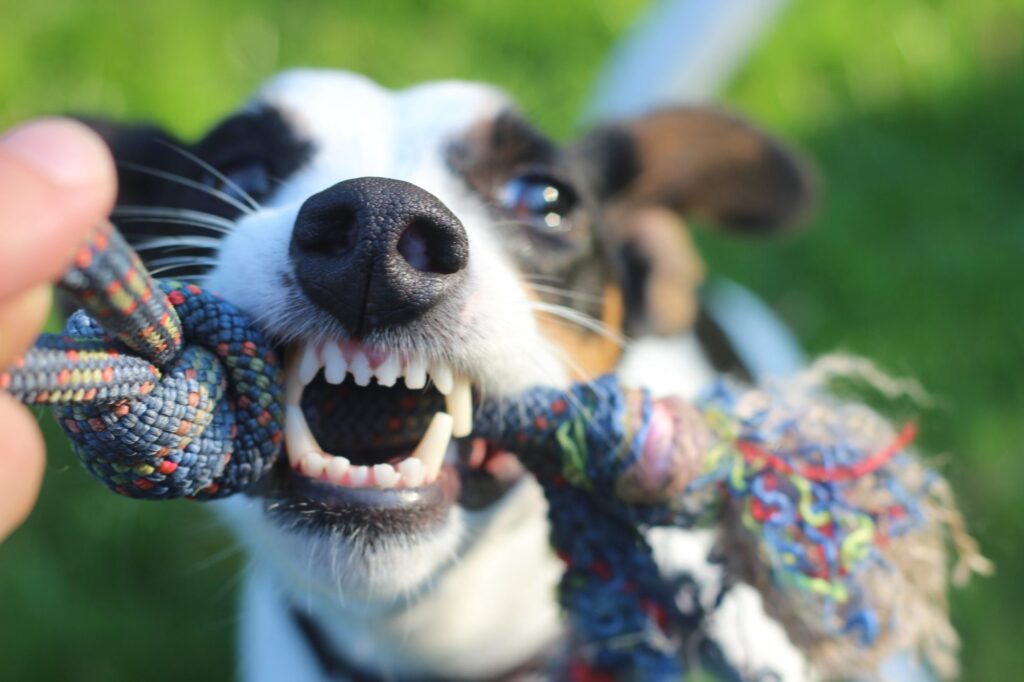

It is important to only seek pet dentistry from a professional who is trained and certified to practice dental care on your animal, like a licensed vet or vet technician being supervised by a practicing veterinarian.
Oftentimes, groomers offer ‘teeth cleanings’ using dental tools that they are not trained to use and no anesthesia, which can be dangerous to both the pet and handler. Additionally, the methods they use such as Waterpiks, hand scalers, and other hard devices are actually proven to cause faster calculus buildup and do not address the true issue of examining and treating below the gum line, where infections and disease can occur.
Veterinary clinics, on the other hand, use ultrasonic scalers to clean below the gumline where the disease is occurring and follow up the cleaning by using a low-speed polishing device to ensure that the tooth surface is completely cleaned. Professional veterinary dental cleanings should always be performed under anesthesia, as this prevents pain for your pet and allows for a thorough cleaning and assessment of the entire mouth.
Don’t leave your pet’s dental health to chance; contact us to schedule an appointment to assess your furry friend’s dental health and talk about tips for brushing success today at 701.757.3500.
